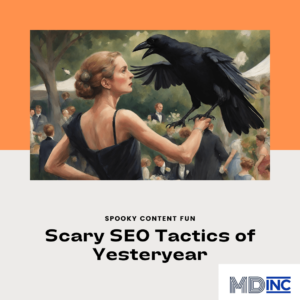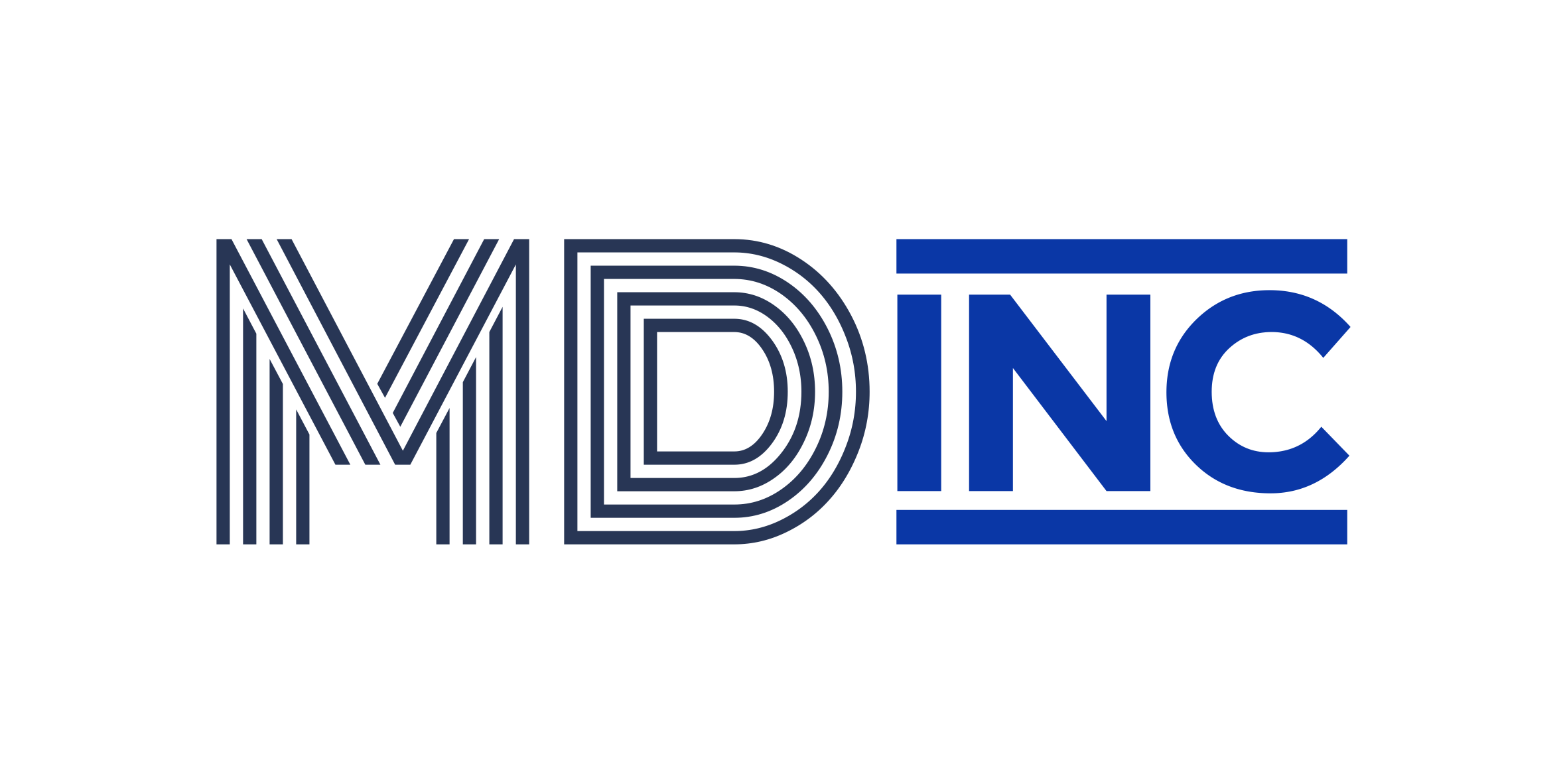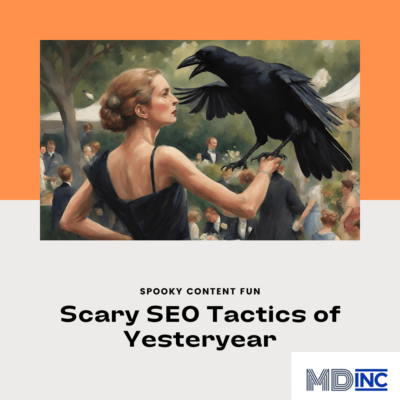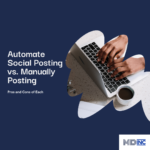Scary SEO Tactics of Yesteryear
You’ve likely heard of the terms “white hat SEO” and “black hat SEO.” What’s scary is that until there were “punishments” for black hat SEO, companies (especially eCommerce) would run wild with whatever was driving traffic — not necessarily conversions. SEO tactics change with the times for the most part, but often after some cajoling and canoodling.
Read on to learn about a few scary SEO tactics of yesteryear.
What is “White Hat SEO”?
Similar to the knight on the white horse, white hat SEO tactics are those that follow the rules — written and unwritten — for good content that benefits the reader and pursues a positive user experience.
SERP, or search engine results pages, constantly monitor user behaviors from the length of time they’re on a page to where they go after they leave a web page. The longer they’re on a page and the more they click within that website, the higher the clout. They’re essentially telling the SERP, “I found what I was looking for, and I’d like to keep educating myself on this page because it’s an authority in this space.”
What is “Black Hat SEO?”
In case you haven’t heard of black hat SEO, know that it is a practice from the early days of the Internet and SEO tactics where content would be so – stuffed it would be unbearable for the human reader to get through it.
The goal of black hat SEO tactics is to drive traffic to the page with the same vigor as throwing bugs at a spider web — they wanted to see what would stick. Rather than 500 thoughtful words of content it was 1000 words with a desired keyword every other sentence, and sometimes eerily in every sentence.
6 SEO Tactics That Are No Longer
There are a few blatant abuses of companies on their website that are now monitored so closely that no one dares mess with it if they value the time, energy, and financial cost that goes into running and maintaining their website.
Keyword Stuffing
As the name suggested, stuffing keywords into a sentence for the sake of volume and ranking will often backfire. No one wants to read a sentence like this, “This outdoor plug is meant for outdoor use so you can plug your electronics in outdoors while you sit outside.”
Overusing Anchor Text
Anchor text is the text you hyperlink. So if it’s a link for “chocolate cake,” the reader would assume it would go to a page for, you guessed it, chocolate cake. However, it was common practice to link to baking trays, restaurants, or something so unrelated it became a terrible user experience. Yes, you want customers or potential patrons to click on links, but it needs to relate to the text you’re linking. Most modern SEO tactics veer away from this “gotcha” strategy.
Sharing Short Content
There is nothing wrong with fun-size candy on Halloween. However, that’s where the fun stops. Shortform content leaves the readers and search engines wanting more. Why devote a whole page or blog to one idea that isn’t worth more than 300 words? It’s a dead-end road rather than a path on your journey.
Content Spinning
This SEO tactic is akin to plagiarism mixed with a complete lack of originality and ethics. The writer or company would take content from a competitor or other web pages and then spin it in their own words. They would inherently use the same structure of KWs with the same thesis and not offer any integral insight into the brand, its offerings, or its benefits. It was cheap and easy to spin the content of others. But, imagine how many heads spin reading the same sentiment from site to site.
Buying Links
In the early days of the Internet, people bought domains that would link back to their website. Over time, search engines realized the quality of the site driving the traffic should be monitored.
Further, if a website had 100 links bringing the reader to one single website, perhaps something fishy was happening. Now, for a good link or backlink, to have gravity, it’s important for Google to see all the sites linking and backlinking are updated and relevant over time.
Sharing Poor Content
As a content marketing company, we cannot condone poor content on any platform. However, some companies will share sub-par content for the sake of pushing out content.
Part of your brand growth should include sharing your brand voice. Sometimes, it might have Laryngitis and shouldn’t be spread or shared. If the content is a half effort, wait until you have the other half in the tank before editing and sharing it. “Some content is better than no content” is not a good approach for longevity.
If you’d like to talk about removing the spooky, scary, and ghoulish content from your website and implementing white hat SEO tactics, contact us today.










